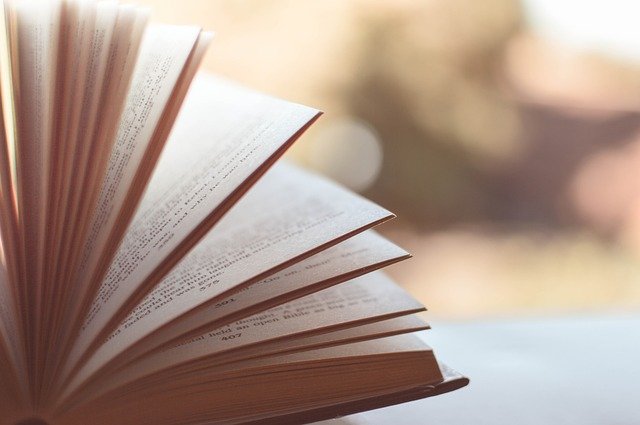 Regardless of which writing project you are working on, you are likely to run into challenges along the way. Inevitably, writers run out of energy, get distracted by other activities, and lose the momentum to keep their projects moving forward. Even professional writers report that sometimes keeping a project going can be quite a challenge. For memoir writers, the predicament can be complicated. As we look more closely at our past experiences, we sometimes have to process personal emotions, thoughts, and memories that may have been better off left alone. Yet, sifting through the rubble of yesterday is part of the process, and as we continue forward, even the darker days of searching through the shadows can reveal valuable stories to be included in our memoirs. Too, searching through old memories can mean we need time away from the writing to work out where to go next. As we dig into our past memories, we oftentimes find that our memories are less detailed than we once recalled or our adventures may have lost the emotional intensity we once felt about them. When we sift through our memories, the work is not just once step in the writing process but a step in the process of understanding ourselves better. So, having acknowledged that memoir writing can be more complicated than other writing styles, are there activities writers can try to make that process a bit easier? When memoir writing, the more writers engage with the writing process and continue to search through their memories, the easier the process can become. With time, writers become more adept at identifying which memories will produce valuable stories to share and which ones are better left alone. To achieve an understanding of one’s memories and how well they will work within the memoir structure, take steps to locate and work with more memories. Reaching into the past repeatedly will help writers to access better memories that can be transferred into the final book, the memoir. Re-read a book you loved in childhood What were your favorite childhood books? I remember my sister had a tattered copy of The Velveteen Rabbit, and our youngest sister had a copy of The Wind in the Willows that looked like it had been read a thousand times. When I was a kid, I had a book of Mother Goose stories and another called 365 Bedtime Stories. My sister found it in an old box of things headed out for donations, and when I saw the cover, dozens of memories of hearing tiny, 5-minute long stories at bedtime came rushing back. Having the book in my hands helped me remember certain aspects of being a child who got to experience bedtime stories. But, when I opened it and read through a dozen of the stories, I was able to recall small details of what would happen next, which characters were included, and what happened in the stories. In short, I was a five-year-old child again, fully immersed in those memories. Having a book from our past can bring back memories in a different way. The book allows us to re-experience the story, and that story can bring us back to memories from long ago. Visit a place you loved Have you ever visited an old haunt and wondered at the size difference? Many people travel to a once-beloved location and find that somehow it shrunk over the years. When we were younger, places held a different point of reference for us, and we sometimes felt small and easily effected by places. Visiting places where we made memories can be a powerful experience to reconnect with our former selves. When in a place, we quickly identify the details that are the same (the paint color, the floor tiles, the small windows, the light coming in the front door), and that experience of being in such a space can bring our memories flooding back. Sort photos, letters, and keepsakes If you are anything like my family, then you have boxes of keepsakes sitting in a closet in your house. I think my sisters and I each have a box or two filled with photos of childhood, letters we received from our grandparents, trophies and medals, and all kinds of small keepsakes. These mementos are the souvenirs of our full and well-lived lives. They provide the details that remind us who we were and the paths we have traveled to become the people we are. Reconnecting with these keepsakes can be helpful to memoir writers hunting for stories to share. Share a memory Believe it or not, one of the best ways of tapping into your memories is to share them. Telling another person about an important event in your life, a time when you learned a lesson, or a moment that meant more than the others is an opportunity not only for the person hearing your story but for you. When we share our stories, we reconnect ourselves to the past and reach back to find the details that made our life experiences meaningful. The process of writing a memoir can be daunting. Sometimes, the memories can be fleeting, and sometimes they can be exhausting. In both situations, writers can be pulled out of the writing process and distracted into giving up. Instead, reach out again to find those memories worth sharing by engaging in an activity that helps you to connect with those memories. Related Blog Posts
Comments are closed.
|
About the SiteWelcome, Writers! Archives
September 2023
|






 RSS Feed
RSS Feed